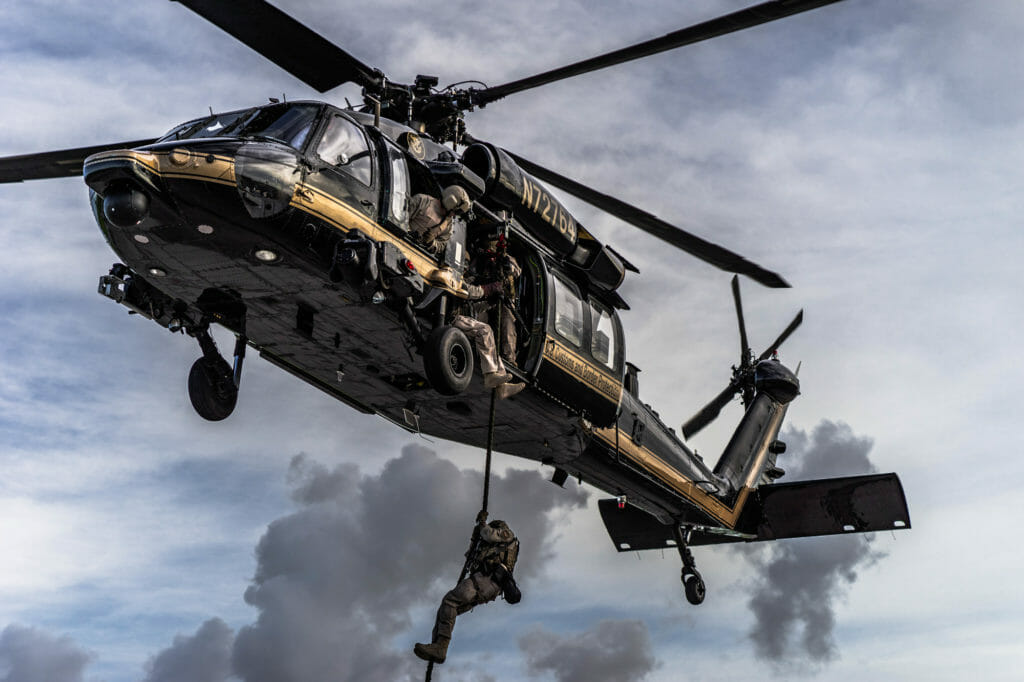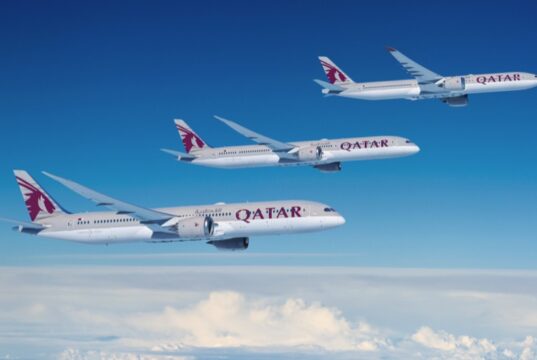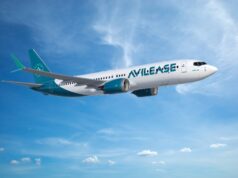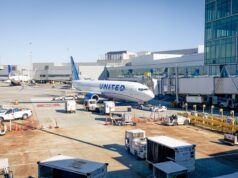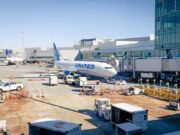
Air and Marine Operations, an operational component of U.S. Customs and Border Protection (CBP), offers exciting opportunities and pathways to long and fulfilling careers in federal service. Air and Marine Operations is a federal law enforcement organization dedicated to serving and protecting the American people through advanced aeronautical and maritime capabilities. With approximately 1,800 federal agents and mission support personnel, 240 aircraft, and 300 marine vessels operating throughout the United States, Puerto Rico, and U.S. Virgin Islands, Air and Marine Operations conducts its mission in the air and maritime environments at and beyond the border, and within the nation’s interior.
There is no typical day in the life of our Air and Marine Agents. Do you have what it takes to join our team?

Learn more about being a pilot with Air and Marine Operations from Supervisory Air Interdiction Agent, and CBP recruiter, Todd Gayle.
What is the mission of Air and Marine Operations and how does an Air Interdiction Agent accomplish that mission?
Our job is to secure our borders and to facilitate free trade across those borders. We do that by means of our air component with airplanes, helicopters, and unmanned aircraft systems, and the marine component with boats patrolling the Great Lakes, Rio Grande, Gulf of Mexico, the Caribbean, and both Atlantic and Pacific Oceans.
We’re proactively looking not just at the borders, but past them. We want to stop the trafficking and illegal activity before it becomes an issue here in the homeland. Our job is to maintain and protect our way of life by ensuring the free movement of legitimate trade and travel across our borders across our country by airways, waterways, or highways.
What kind of background do you have and how does it match up for what Air and Marine Operations is looking for in an AIA?
I have prior military experience. In the Army, I actually operated tanks, not aircraft. I used the G.I. Bill I earned in the Army towards a degree in pilot training and aeronautical science.
I’ve always wanted to work outdoors and didn’t want to be stuck in an office job. Being a pilot and flying had always been an interest of mine since I was young. After college, I was hired on with the U.S. Border Patrol which gave me a good idea of what the federal law enforcement lifestyle was like.
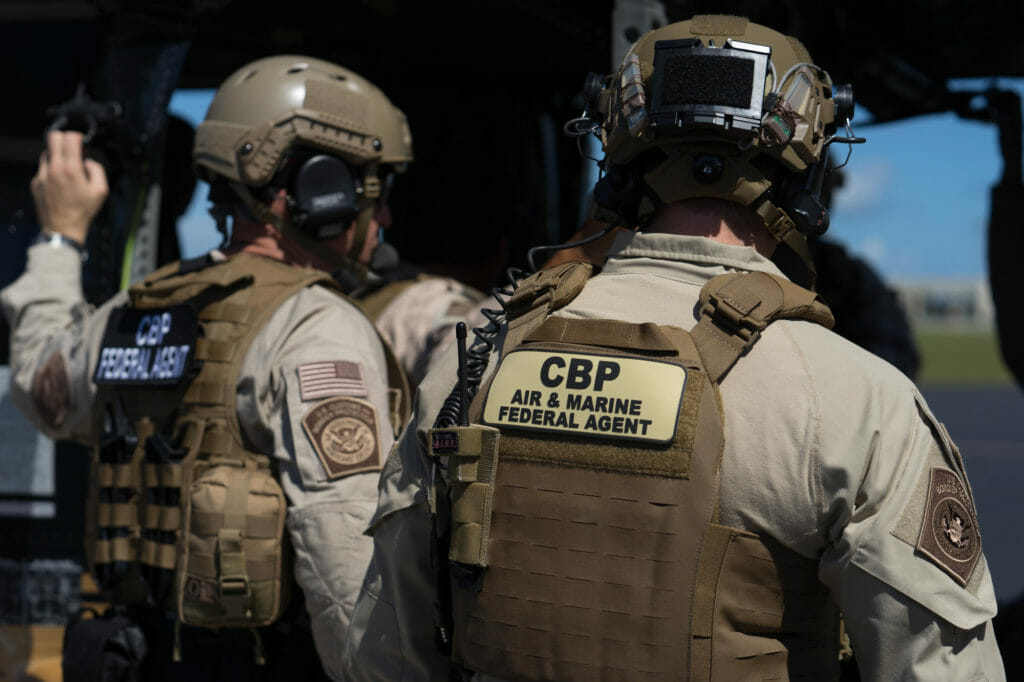
What is an average day to day life like for an Air Interdiction Agent?
That’s one of the most unique things about our job. Every day is different. There’s a diverse amount of aircraft we fly: helicopters, airplanes, and unmanned aircraft systems. But the missions themselves are diverse as well—very diverse.
You may support the Border Patrol pushing six backpackers through the mountains and helping arrest those trafficking narcotics or people across the border.
You may find that you’re doing a surveillance flight for U.S. Immigration and Customs Enforcement Homeland Security Investigations on a child pornography ring.
Those are just a few short examples, but there’s dozens of missions sets that we do: from close air support to interdiction, surveillance, and domain awareness. There’s just so many things, and every day could change. If you don’t want to do the same thing day-in and day-out, then this job certainly will provide you some variety.
What are some of the benefits of working for Air and Marine Operations when it comes to things like health care, career potential, retirement, job fulfillment?
Well there’s a ton of benefits. Not just at Air and Marine Operations, but having a federal job. Federal agents, especially at CBP, are well compensated which means a higher standard of living all-around. You’ll be taken care of in terms of life, dental, health, and long-term care insurance. You have options as to the location in which you can live, the type of housing you can afford, and the neighborhoods you live around.
Our pilots and agents could retire with as little as 20 years of service. The retirement structure is set up as such that you can retire in comfort with reduced cost health benefits, and additional money through a 3-tiered retirement system.
Most of all of our agents will get at least two weeks of sick leave, two weeks of holiday, and a varying amount of vacation time—up to five weeks off, depending on how much time in service you have.
As a pilot with Air and Marine Operations, we get to travel a lot. We get to travel out of country and inside the country, from coast-to-coast to the North and South of the United States.
We get to fly multiple airframes. A lot of places—unlike in the military—you might fly one airframe for most of your career, maybe two. If you fly for the airlines, you may fly one or two airframes. Within our agency, there’s a myriad of aircraft that you could potentially fly…. You could come into work and potentially fly in an airplane, and then later in the afternoon jump into a helicopter, and fly that.
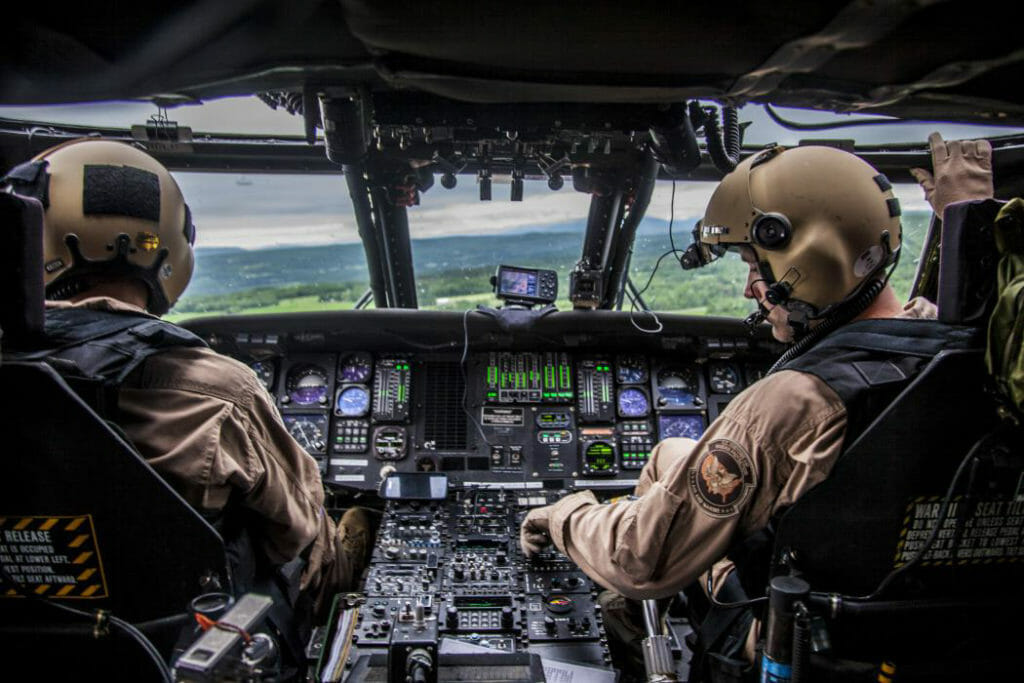
We have an excellent and a very important mission. Something that only Air and Marine Operations can do. Our capabilities are very unique. No other agency does what we do, or as well as we do it. If you want to serve your country, you don’t necessarily have to serve in the military. You can work for us!
We’ve got very professional aviators with a wide range of experiences and expertise. You’re going to learn a lot of things from subject matter experts in all the fields that you’ll become familiar with as a federal agent, to help you do your job better.
Additionally, there’s collateral duties. If you’re interested in firearms, we have firearms training. If you’re interested in intermediate force training, peer support, public affairs—we have all these collateral duties, in addition to being a pilot in law enforcement, that you can learn and be a part of.
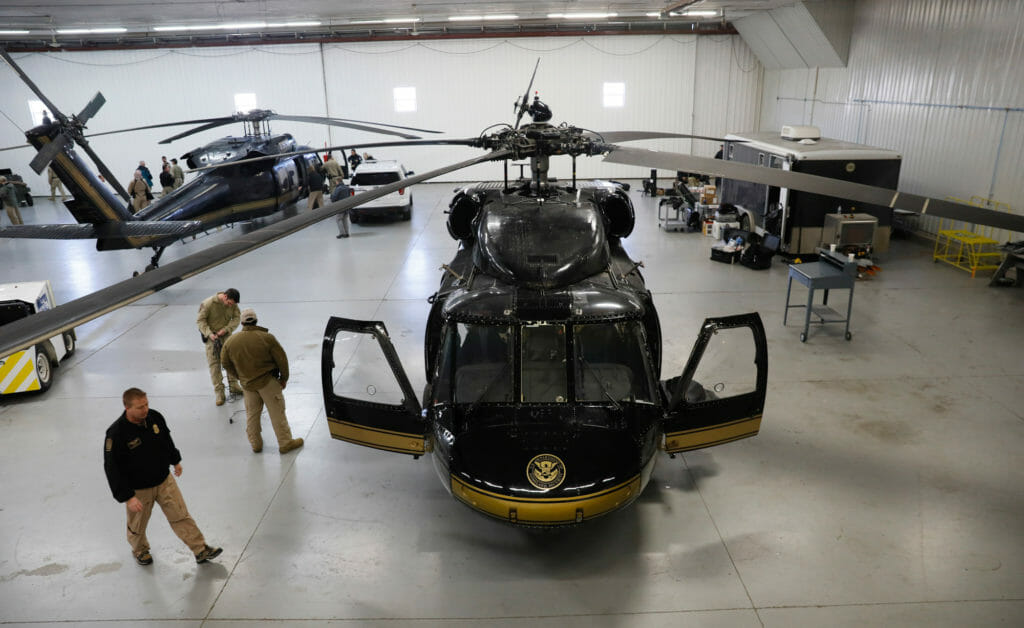
Do you have any advice for a pilots interested in a career with Air and Marine Operations?
Yes! First step is to go to http://www.cbp.gov/careers to get all the basic information on the positions available. Then, to my potential applicants, I tell them, make good choices, make good friends. Associate and hang around people who have your best interests at heart.
Another one is: don’t give up. It’s a long process. It takes on average about six months to get in. And it requires a lot of patience, but the patience is worth the wait.
Lastly, don’t be deterred. If this is something you want to do, know that it is a worthwhile pursuit. The benefits will certainly outweigh the time it takes, and the effort required, to get into the organization.
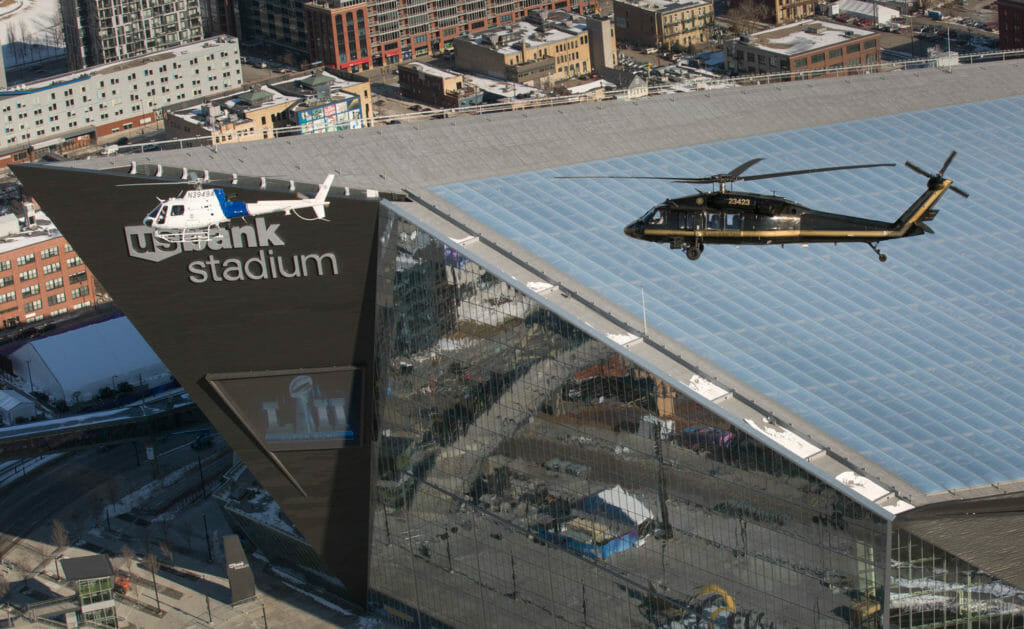
How to Apply
Air and Marine Operations has two occupations in the aviation realm: Air Interdiction Agents (pilots) and Aviation Enforcement Agents (aircrew members who are not pilots). The hiring process for both is similar; the only difference is that pilots have different qualification requirements and flight assessments. Air and Marine Operations selects candidates based on an 8-step hiring process, outlined below.
Step 1:
Application. Job openings are listed on http://www.usajobs.gov and http://www.cbp.gov/careers. The position description will include all of the requirements candidates have to meet to be considered.
Step 2: Qualification determination. CBP’s Minneapolis Hiring Center is charged with making a formal qualification determination. Applicants must meet the basic requirements for a federal position as well as the specific qualification requirements for the Air Interdiction Agent and Aviation Enforcement Agent positions.
Steps 3-8: Interview, background check, fitness, medical exams, and more. Applicants who meet the qualifications at the time of the review continue through the rest of the hiring process. This includes a background investigation, polygraph exam, medical exam, fitness exam, drug screening, and a 3-part flight assessment. An interview is included in the flight assessment. Any applicant that successfully completes all other phases are offered a flight assessment.
Air and Marine Operations encourages all potentially qualified candidates to apply. Every applicant who successfully completes the hiring process steps outlined above will be provided an interview. This is the best way to interview for a position with Air and Marine Operations; it is not necessary to attend a job fair or other event. To help candidates prepare for their interview, Air and Marine Operations offers flight assessment guidance at https://www.cbp.gov/careers/frontline-careers/aia/app-proc.
Post-interview process: If you have interviewed with AMO, the results of your 3-part flight assessment are sent to the hiring center. Once it is confirmed that the applicant completed the
entire hiring process, Air and Marine Operations headquarters will contact the applicant and make a formal offer, which also includes an assignment to an AMO location. The entire hiring process typically takes about six months. Any candidate who has accepted a formal offer will either begin attending the Air and Marine Basic Training Academy or begin duty at their Air and Marine Operations location.
Going to the academy: In Fiscal Year 2017, there were five class dates, which offered agents plenty of opportunity to begin training.
How many agents does AMO hire?
AMO is projected to hire between 30 and 50 pilots in Fiscal Year 2018.
